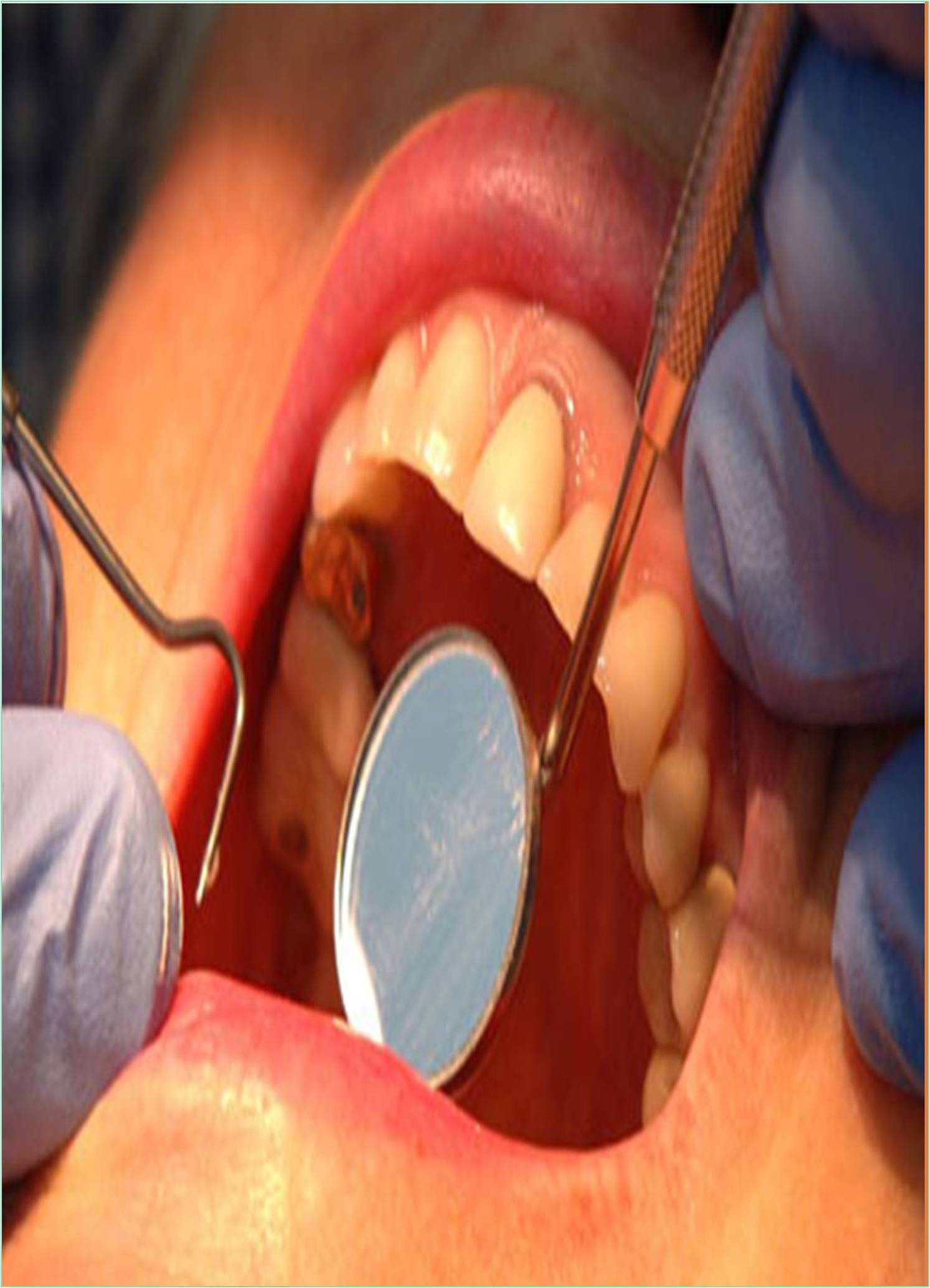



Received: 09-Dec-2021 Published: 30-Dec-2021
Many of your child’s dental problems are similar to those affecting adults, but your baby’s teeth are still growing, softer and smaller than permanent ones. Untreated dental conditions can lead to improper growth and misalignment of the teeth, leading to more serious problems as the child grows older. Tooth decay is caused by certain types of bacteria that live and thrive in the mouth. An adhesive, film-like coating of bacteria called permanent plaque builds up in the teeth. When exposed to the right kind of food, plaque will produce acids and eat away at the tooth enamel, or the hard surface of the teeth. Plaque adhesions keep acids in constant contact with the tooth surface, gradually decaying the tooth.
We focus on these occasions, and we will in general learn and turn out to be more mindful of our environmental elements accordingly. Numerous privileged insights have been unveiled as of late by explorer satellites that would have remained obscure if learning had stopped. Man keeps on making revelations and developments as he continued looking for information. Carbohydrate-rich foods help plaque to grow and digest teeth. For children, other common foods include sweets, cookies, soda and fruit juice. Cooked starches such as pasta, rice, potatoes, and bread also contribute to plaque formation. Carbohydraterich foods and consistent brushing habits can lead to tooth decay.
The formation of germs in the mouth can be caused by many problems. Gum problems, poor oral hygiene and dry mouth are the most common causes of halitosis, but other problems such as chronic sinusitis, diabetes, tooth decay, and digestive problems can lead to bad breath. At times, the way the drugs break down in the body may give off a strange odour.
The intensity of the sucking determines the degree of damage strong sucking can cause damage to both their baby and the adult teeth. Most babies stop sucking their thumbs when they are four years old. However, if it continues for more than five years, children may have oral and verbal problems. Usually, the lesions have a grey or white centre surrounded by a red border.
Cancer lesions are different from fever blisters and cold sores they do not spread from baby to baby, and most go away within a week or two. However, cancerous lesions often recur, and can make drinking and food difficult for a child. They can grow alone or in groups, and they can grow up to one inch wide. If the base tooth does not loosen, it can cause a permanent lower tooth to try to erupt in the same area. As a result, two teeth may be present in just one target area. Or, a child’s tooth may remain strong for years as some of the teeth fall out around it. In these cases, the baby may not have a permanent tooth to close the first tooth, so the first tooth is not pushed out of the mouth. As the child grows older, dental anxiety may prevent him from getting the oral care he needs to keep his teeth healthy and in good condition. Prolonged dentistry can lead to the need for more serious procedures, such as root canals, tooth extraction or emergency dental work.
The author has no area of interest.
None.